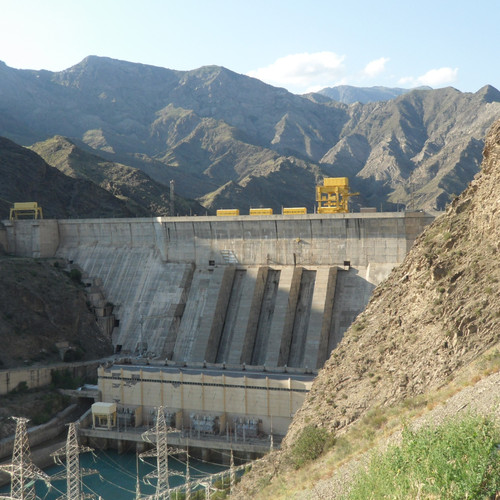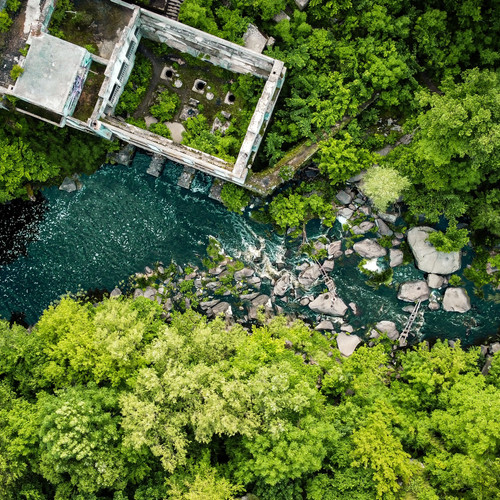Hydroelectricity, hydroelectric power or hydroelectric energy is the use of moving water to generate electricity. It is one of the oldest and most widely used forms of renewable energy. It is is a carbon-neutral form of energy generation that does not produce greenhouse gas emissions. This makes it an attractive option for minimizing carbon footprints through carbon offsets.
Hydroelectricity is produced by damming a river and using the resulting water flow to turn a turbine. The turbine spins a generator, which produces electricity. The amount of electricity produced by a hydroelectric plant depends on the volume of water flowing through the turbines.
While it is a renewable and green source of energy, it does have its drawbacks. The main environmental impact of hydroelectricity is the alteration of local ecosystems due to the construction of dams and reservoirs. Dams can disrupt the natural flow of rivers, which can impact the local wildlife and plant life. They can also cause flooding and erosion.
Despite its drawbacks, hydroelectricity is still a widely used source of renewable energy. It provides carbon-free electricity and can be a less expensive option than other forms of renewable energy.
Hydroelectricity in China
In China, Hydroelectricity is the largest source of renewable energy. It provided 25.3% of China’s total electricity in 2016. The country is home to the Three Gorges Dam, the world’s largest hydroelectric power plant. The project produces 22,500 MW of power and provides electricity to over 60 million people.
The Three Gorges Dam, however, is a controversial project due to its large environmental impact. The dam has reportedly displaced 1.3 million people and caused the displacement of millions of fish. It has also led to increased flooding and landslides, according to recent reports.
The United States
The United States is the second-largest producer of hydroelectricity in the world. It produced 7% of the world’s hydroelectricity in 2016. The country has more than 2,000 hydroelectric dams, which generate about 6% of the country’s electricity. The largest hydroelectric dam in the US is the Grand Coulee Dam in Washington state. The dam produces 6,809 MW of power. According to the US Department of Energy, Hydropower currently accounts for 37% of total US renewable electricity generation.

The European Union
In the European Union (EU), hydroelectricity is the third-largest source of renewable energy. It provided 10% of the EU’s total renewable electricity in 2016. The countries with the largest share of hydroelectricity in continental Europe are Norway (88%), Switzerland (71%), and Austria (37%). According to this statistic, Norway is the world’s largest producer of hydroelectricity per capita.
Carbon Offsets
Hydroelectric power forms an integral part of carbon offset projects. These are projects that aim to reduce carbon emissions by offsetting them with carbon-neutral activities. For example, a carbon offset project might involve planting trees to offset the carbon emissions of a coal-fired power plant.
Hydroelectric dams can be used to generate carbon offsets in two ways:
1) By displacing fossil fuel-powered electricity generation
2) By providing a source of renewable energy that can help displace fossil fuels
In both cases, hydroelectricity can help reduce carbon emissions and offset them with carbon-neutral activity.
Carbon Footprint
A carbon footprint is the total amount of carbon dioxide emissions that are produced by an individual, a company, or a country. The carbon footprint of hydroelectricity is very low because it does not involve the combustion of fossil fuels. An individual measures his or her carbon footprint by calculating the carbon dioxide emissions that result from their activities. For example, a person might calculate their carbon footprint from driving a car, flying in an airplane, or using electricity.

